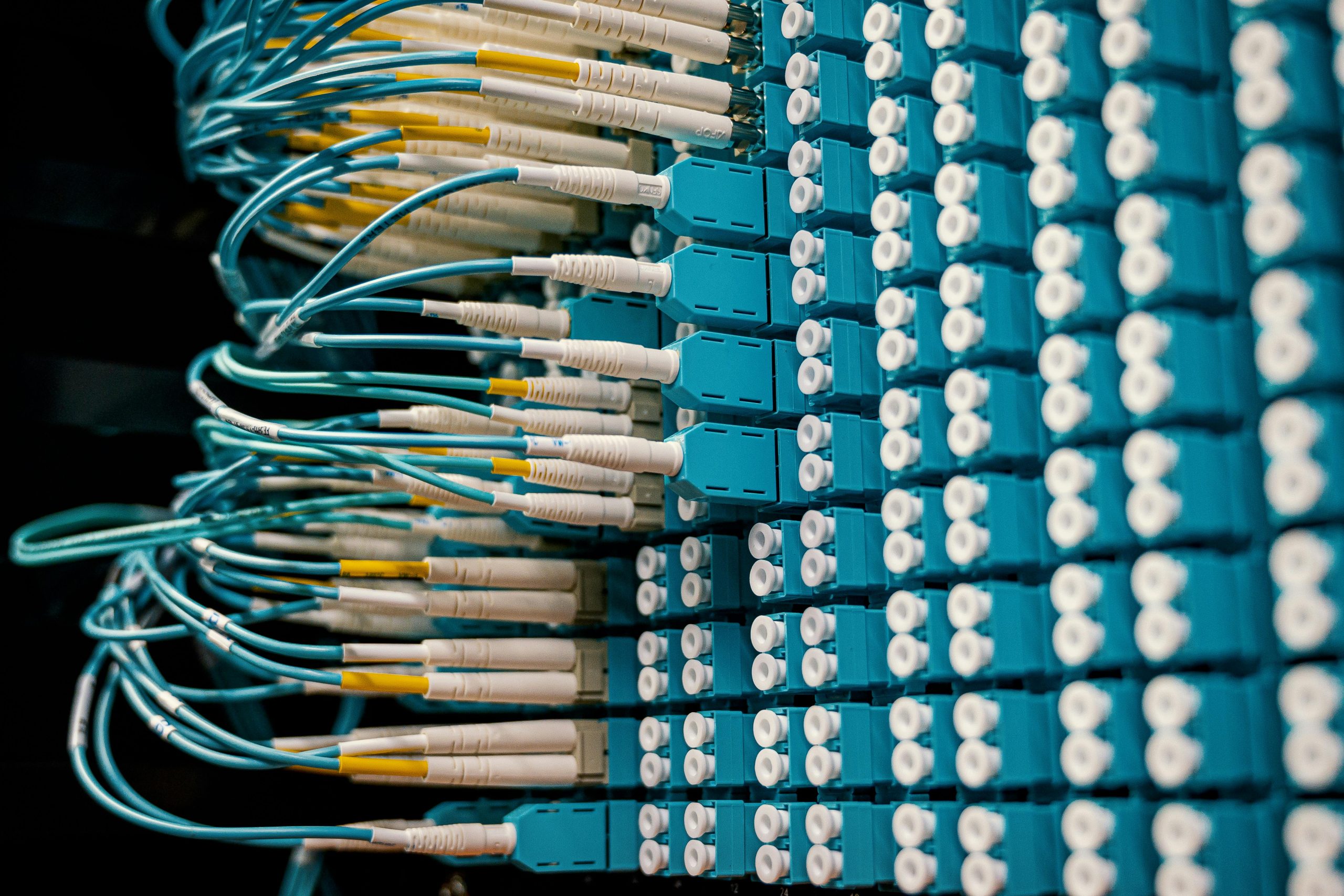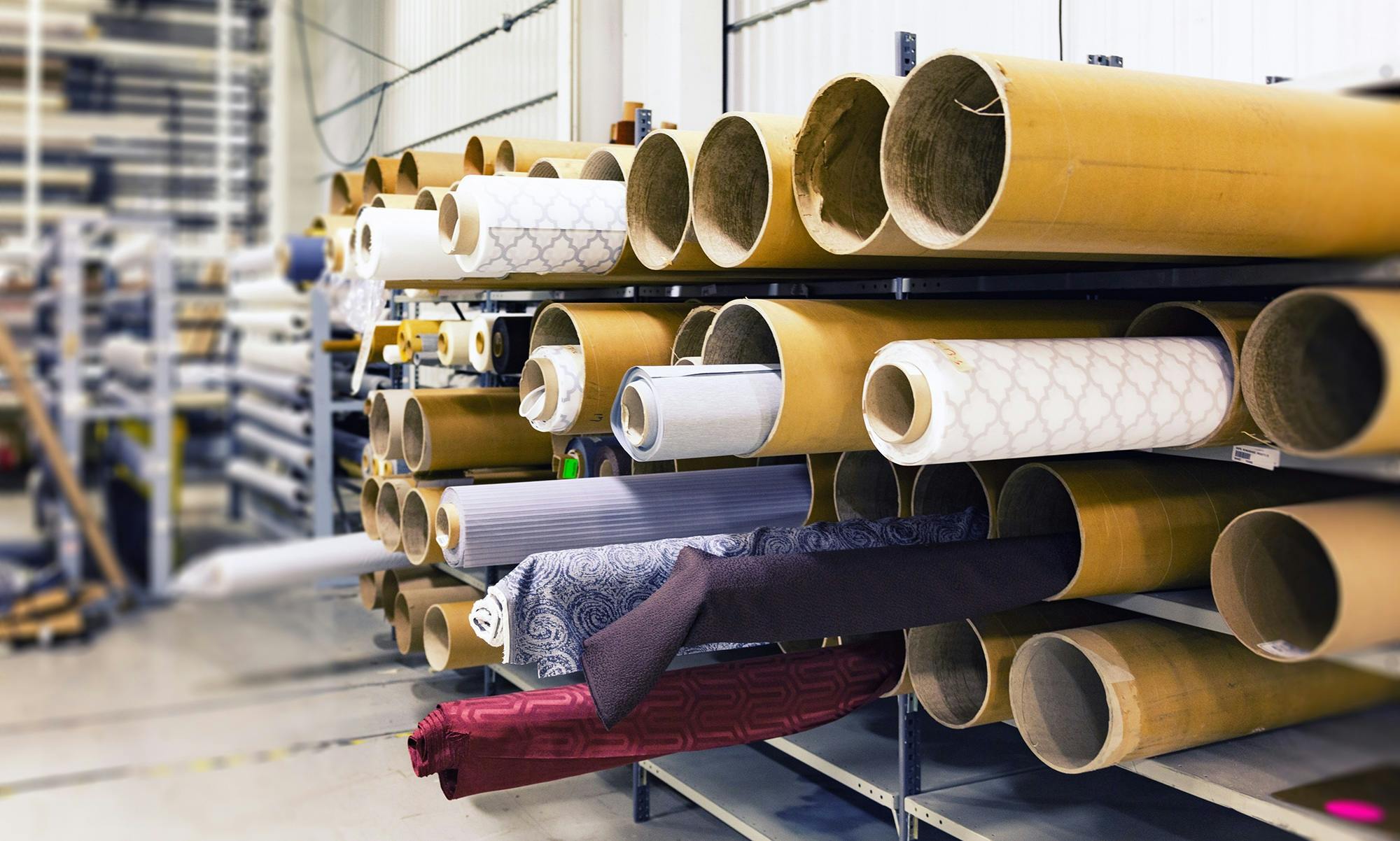Key Takeaways:
- Proof testing is essential for verifying the reliability and safety of products.
- Diverse industries, from construction to electronics, benefit from proof testing.
- Employing robust testing protocols can prevent potential failures and safety hazards.
- Understanding the different types of proof testing helps you select the appropriate method for your needs.
- Continual advancements in testing methodology contribute to improved product safety.
Introduction to Proof Testing
Ensuring product safety is a paramount concern across various industries. One pivotal way to achieve this is through proof testing. Proof testing involves subjecting a product to stress conditions to verify its durability and performance. Doing so helps detect potential weaknesses and ensure the product meets stringent safety standards. For instance, a burst pressure test can reveal how well a product handles extreme pressure, thus preventing future failures.
This approach is crucial in industries where the integrity of materials and components can mean the difference between success and catastrophic failure. For example, components that can’t withstand extreme stress in the aerospace industry can lead to dire consequences, highlighting the indispensable nature of proof testing.
Why Proof Testing is Crucial
Proof testing is not just a regulatory requirement but a critical step in the product development process. It assures manufacturers and consumers of the product’s reliability. By simulating extreme conditions, proof testing can identify fault points that might not be evident under normal usage. This proactive approach helps prevent costly recalls and enhance customer trust.
Consumers today are well-informed and demand high-quality products. Manufacturers’ rigorous proof testing signifies a commitment to quality and safety, fostering a positive reputation and customer loyalty. In a landscape where word-of-mouth and online reviews can significantly impact a brand’s success, proof testing is a testament to a manufacturer’s dedication to excellence.
Applications of Proof Testing in Various Industries
From aerospace to construction, proof testing finds its applications in numerous fields. Materials such as cables and beams undergo rigorous testing in the construction industry to ensure they can withstand significant loads. Construction structures must bear various forces, and proof testing guarantees their robustness and longevity.
Similarly, in the electronics sector, components are tested for their resilience against electrical and thermal stresses. Electronic devices must operate reliably under different conditions, from household appliances to critical medical equipment. Proof testing in this sector ensures these components do not fail prematurely, safeguarding user safety and the equipment’s functionality.
Even in the automotive industry, proof testing plays a vital role. Vehicles are subject to various road conditions and stresses. Parts like tires, axles, and suspension systems must be proof-tested to assure their durability and safety, ultimately reducing the chances of accidents due to component failures.
Types of Proof Testing
Different products demand different testing methods. Understanding the correct type of proof testing is crucial for obtaining accurate and valuable data. Some of the common kinds of proof testing include:
- Tensile Testing: Assesses the product’s ability to withstand pulling forces. This is particularly important for materials used in cables, ropes, and metal bars, which are regularly subjected to tensile stress in their applications.
- Compression Testing: Evaluate the product’s resistance to compressive forces. This type of testing is vital for assessing the structural integrity of building materials, ensuring they can endure the loads they will carry.
- Fatigue Testing determines how a product performs under repeated stress cycles. Aircraft and automotive components must endure frequent and repetitive stresses, making fatigue testing essential for predicting lifespan and safety.
- Burst Testing checks the product’s ability to handle internal pressure until it fails. This test is critical for containers, pipes, and pressure vessels operating safely under high pressure. Without it, the risk of catastrophic failure increases significantly.
Steps Involved in Proof Testing
Proof testing involves a systematic approach to ensure a comprehensive assessment of products. Here are the steps commonly involved:
- Preparation: The product is carefully prepared and set up for testing based on its specifications. This step ensures that the product is suitable for testing and that all testing conditions are accurately replicated.
- Application of Stress: The product is subjected to stress conditions, usually higher than normal usage. This step helps identify the product’s limits and ensures it can handle unexpected stresses in real-world applications.
- Monitoring and Data Collection: Sensors and equipment capture data during testing. Continuous tracking helps gather precise data on the product’s performance under stress, allowing for detailed analysis.
- Analysis and Reporting: The collected data determines the product’s performance and identifies failure points. A comprehensive report is then generated, outlining the product’s performance, any detected issues, and recommendations for improvements if necessary.
This structured approach ensures that every aspect of the product is thoroughly examined, leading to a comprehensive understanding of its performance and safety characteristics.
Benefits of Rigorous Proof Testing Protocols
Implementing rigorous proof testing protocols can significantly enhance product safety and performance. Proof testing offers numerous benefits for manufacturers and consumers alike:
- Reducing Failures: Early detection of weaknesses can prevent product failures in real-world applications. This proactive approach helps mitigate risks associated with product malfunctions, enhancing overall safety.
- Enhancing Reputation: Reliable products lead to better customer satisfaction and brand reputation. Proof-tested products are more likely to garner positive reviews and repeat business, fostering long-term brand loyalty.
- Prevention: This helps avoid legal liabilities and financial losses due to faulty products. Manufacturers can prevent costly recalls and litigation by ensuring that products meet safety standards.
According to a study, rigorous testing protocols can reduce product recalls by up to 30%, showcasing the tangible benefits of thorough proof testing. This statistic underscores the importance of investing in comprehensive testing procedures to ensure product safety and reliability.
Conclusion
Proof testing is an indispensable part of the product development lifecycle. By subjecting products to various stress conditions, manufacturers can ensure that they comply with safety standards and meet consumers’ expectations. This process enhances product safety and boosts customer confidence and satisfaction.
Advancements in technology and testing methodologies continue to shape the landscape of proof testing. As these technologies evolve, the role of proof testing in maintaining product quality and reliability will only become more critical. Manufacturers who prioritize proof testing not only safeguard their products but also their reputation in a competitive market.
In conclusion, proof testing’s importance extends beyond regulatory compliance. It is a testament to a manufacturer’s commitment to quality, safety, and reliability, ensuring that products perform as expected and providing peace of mind to consumers and stakeholders alike.




